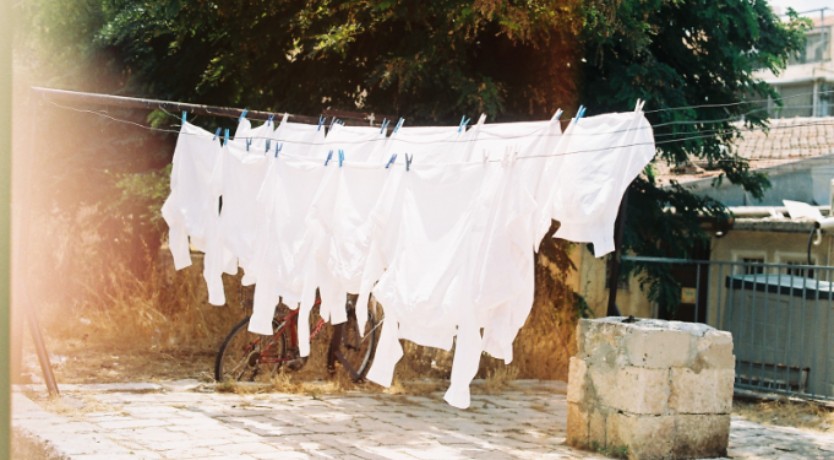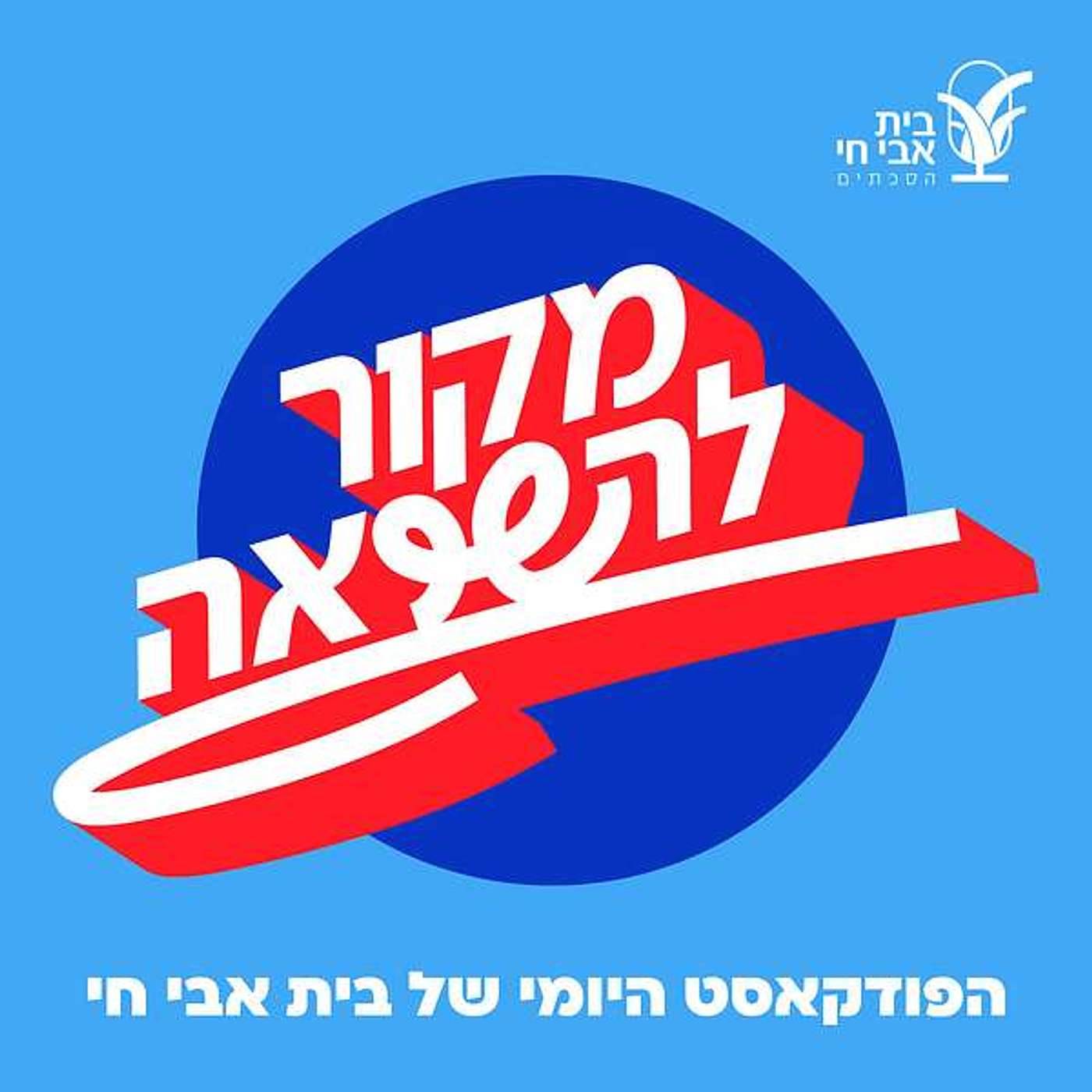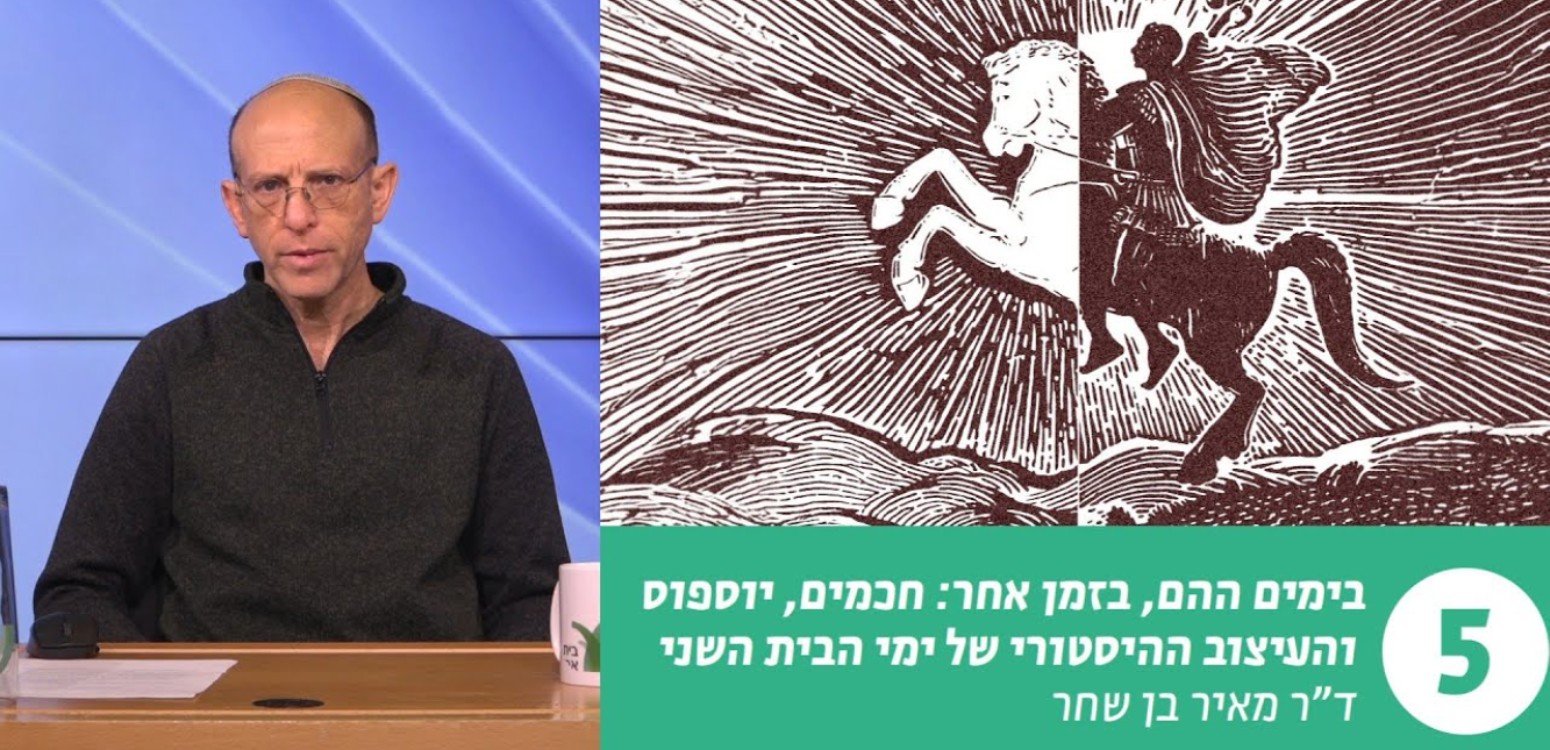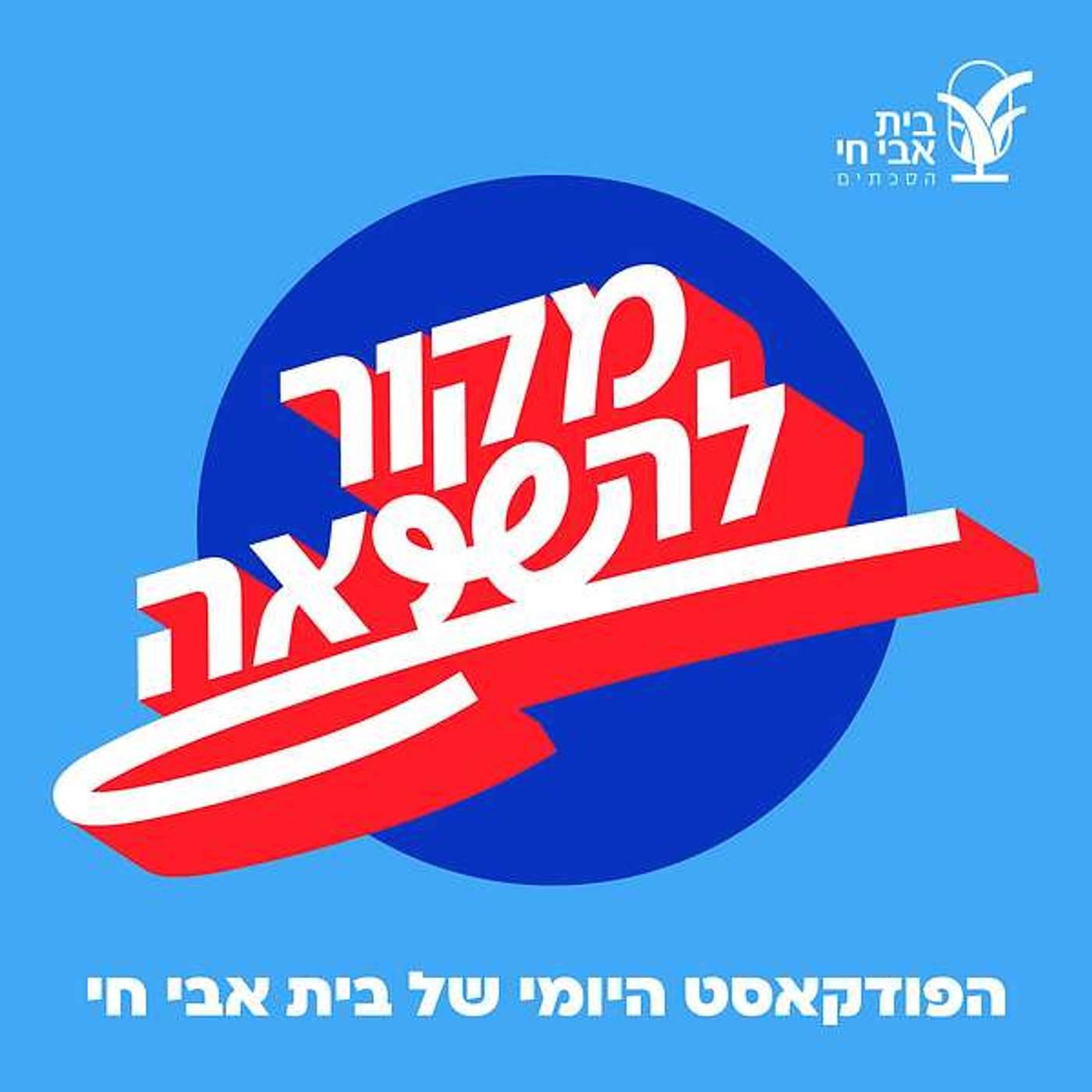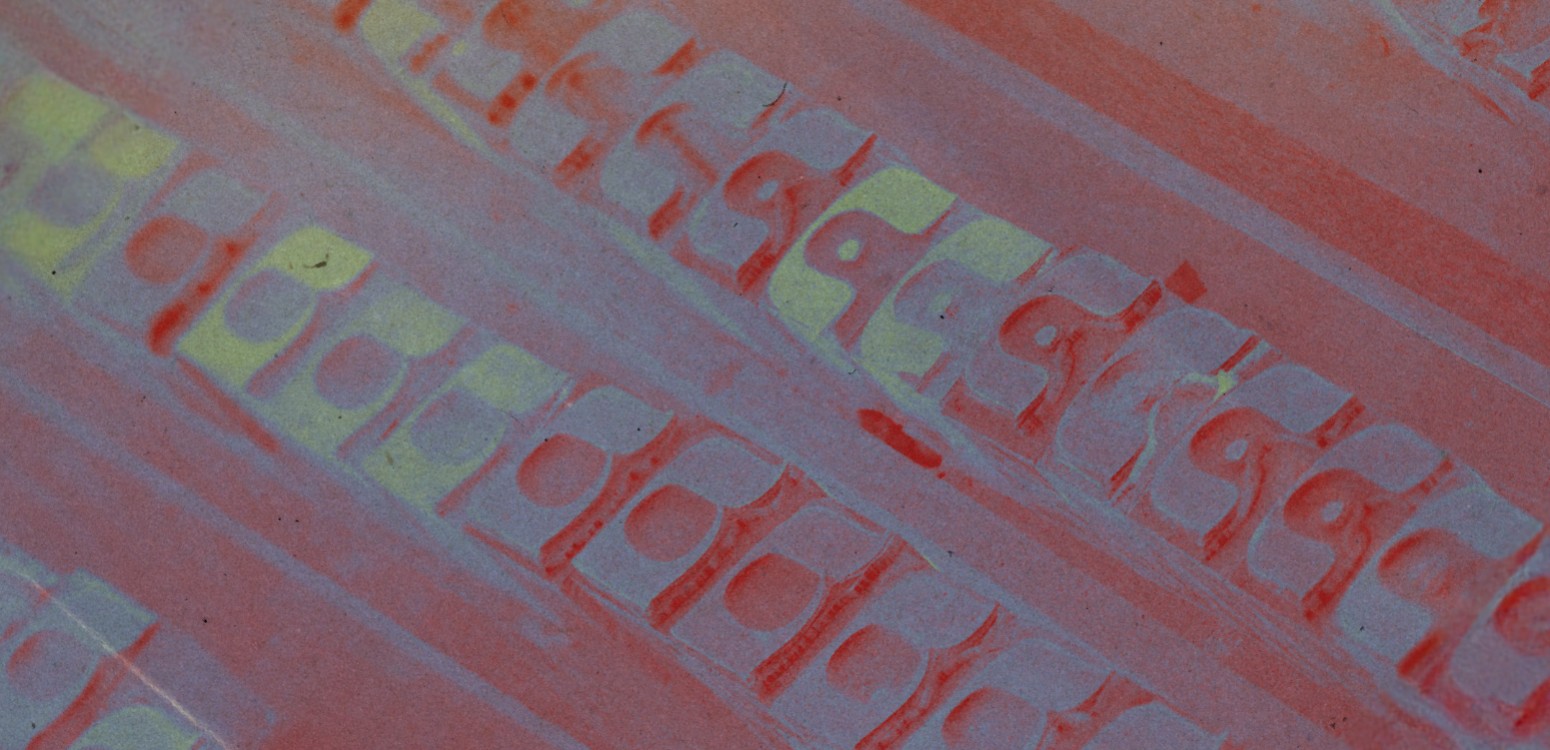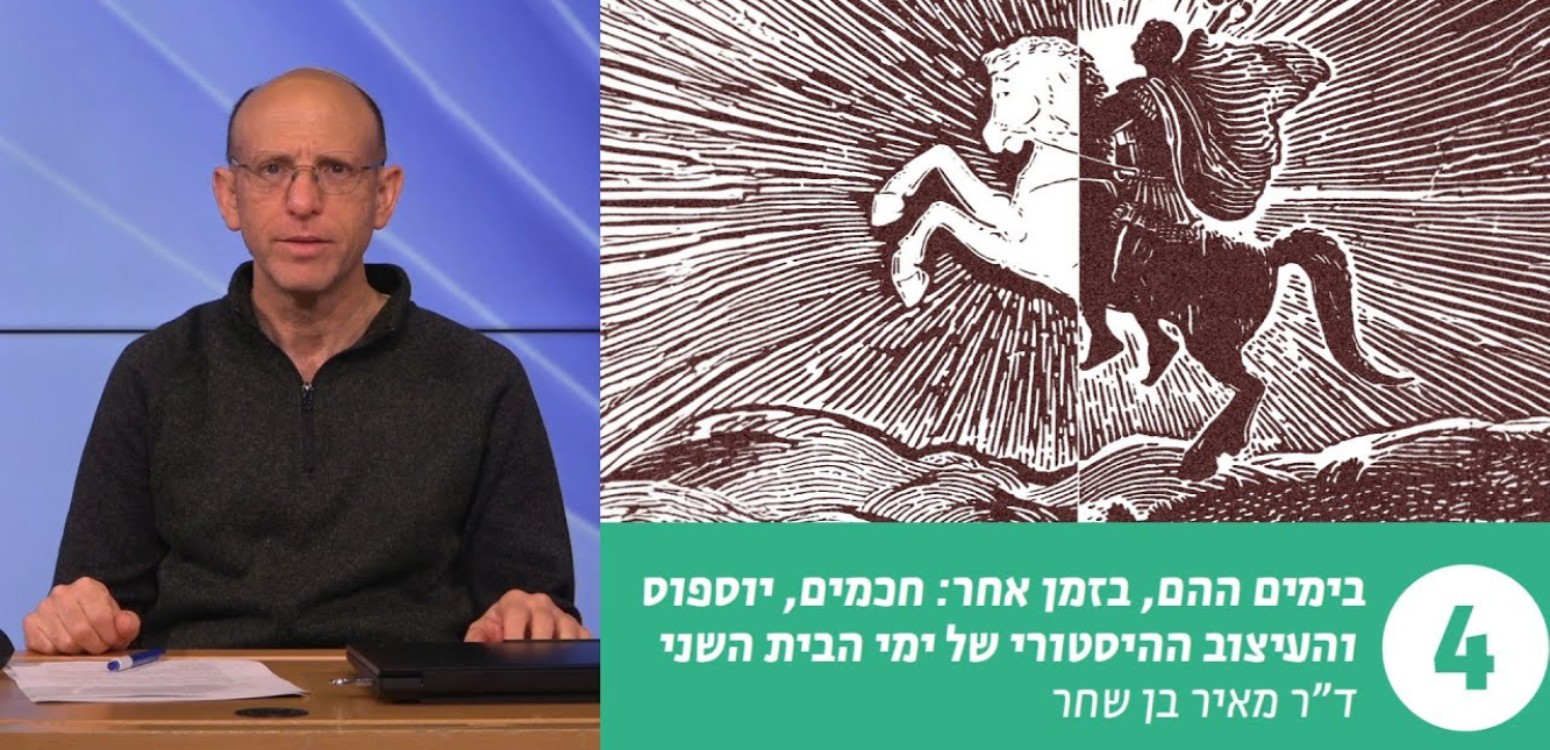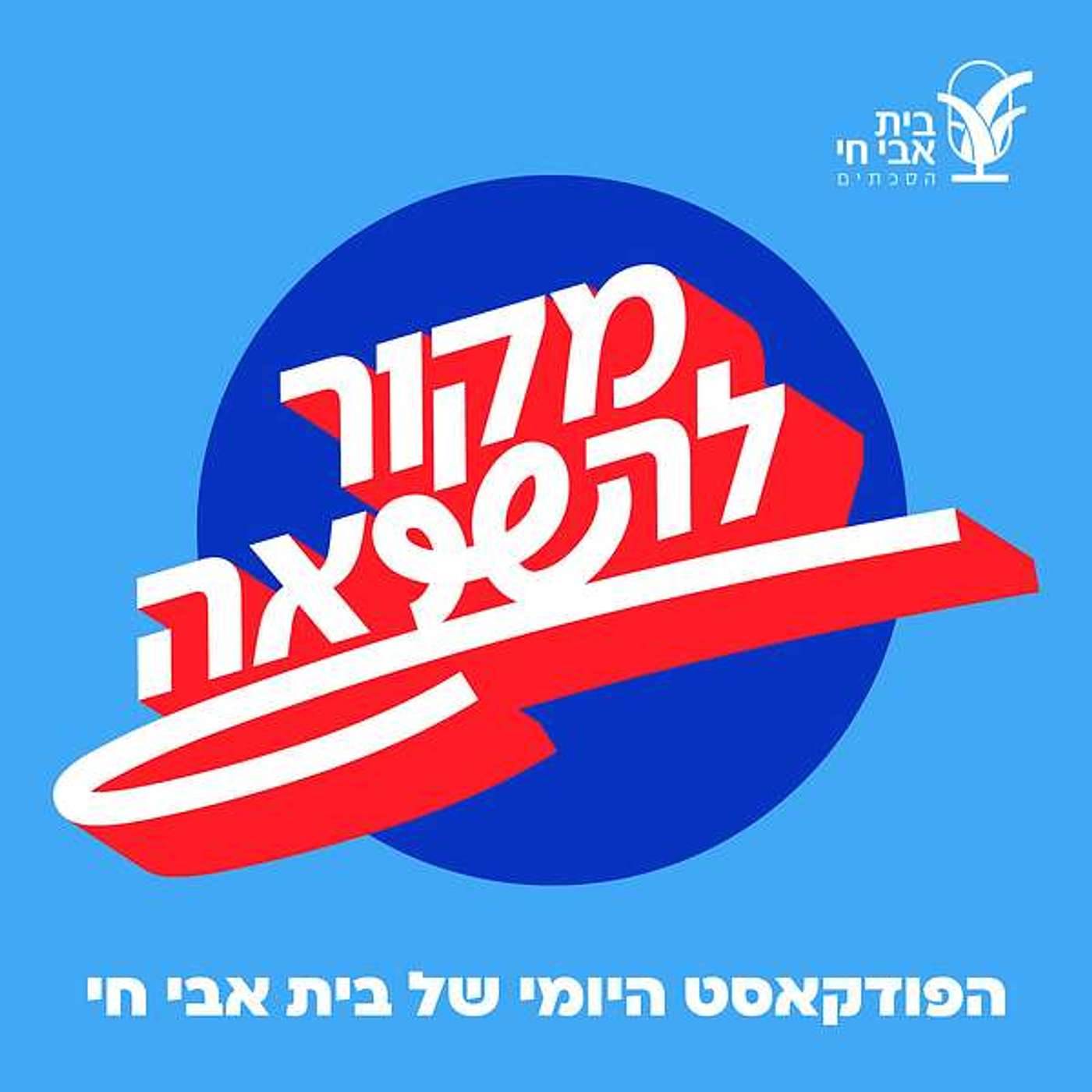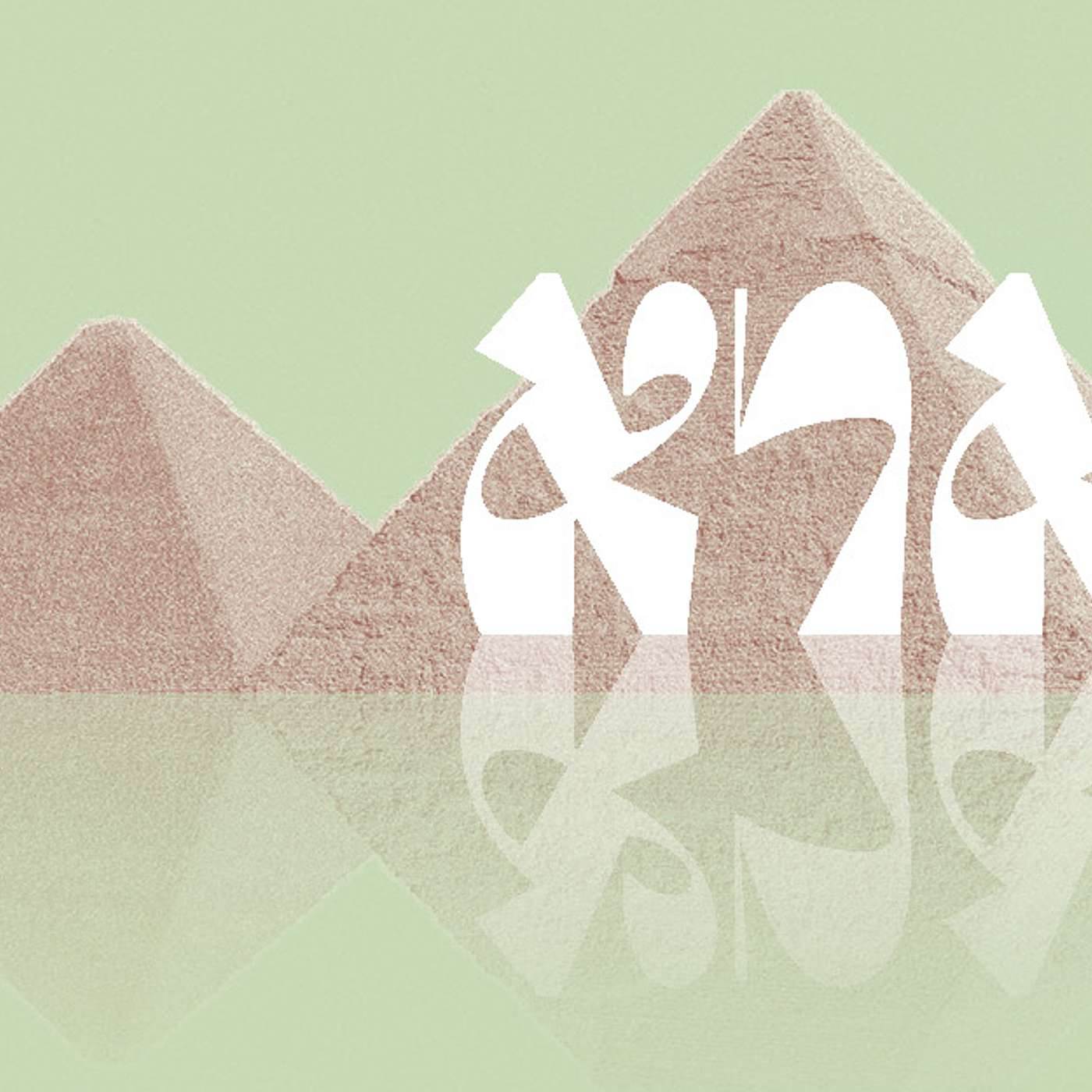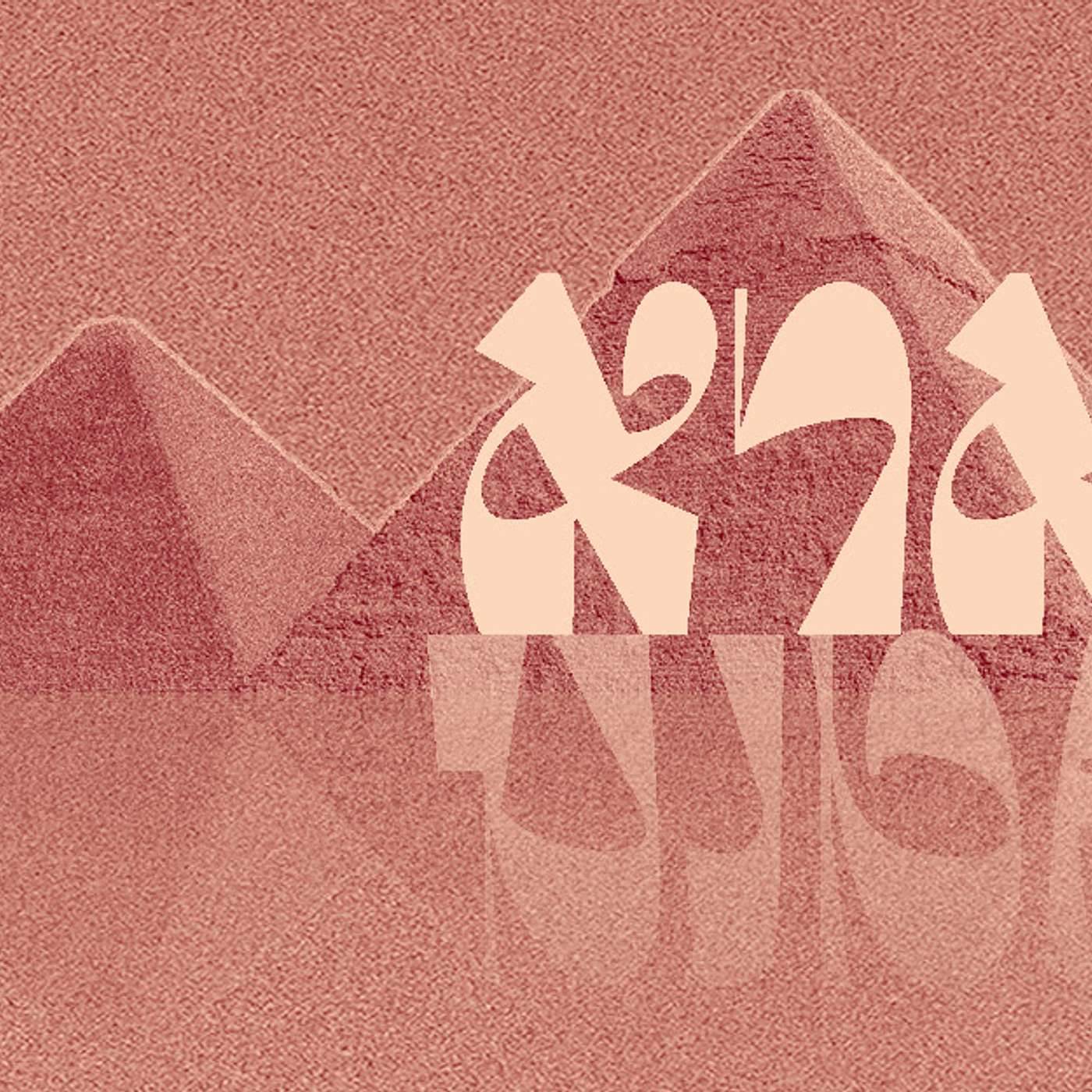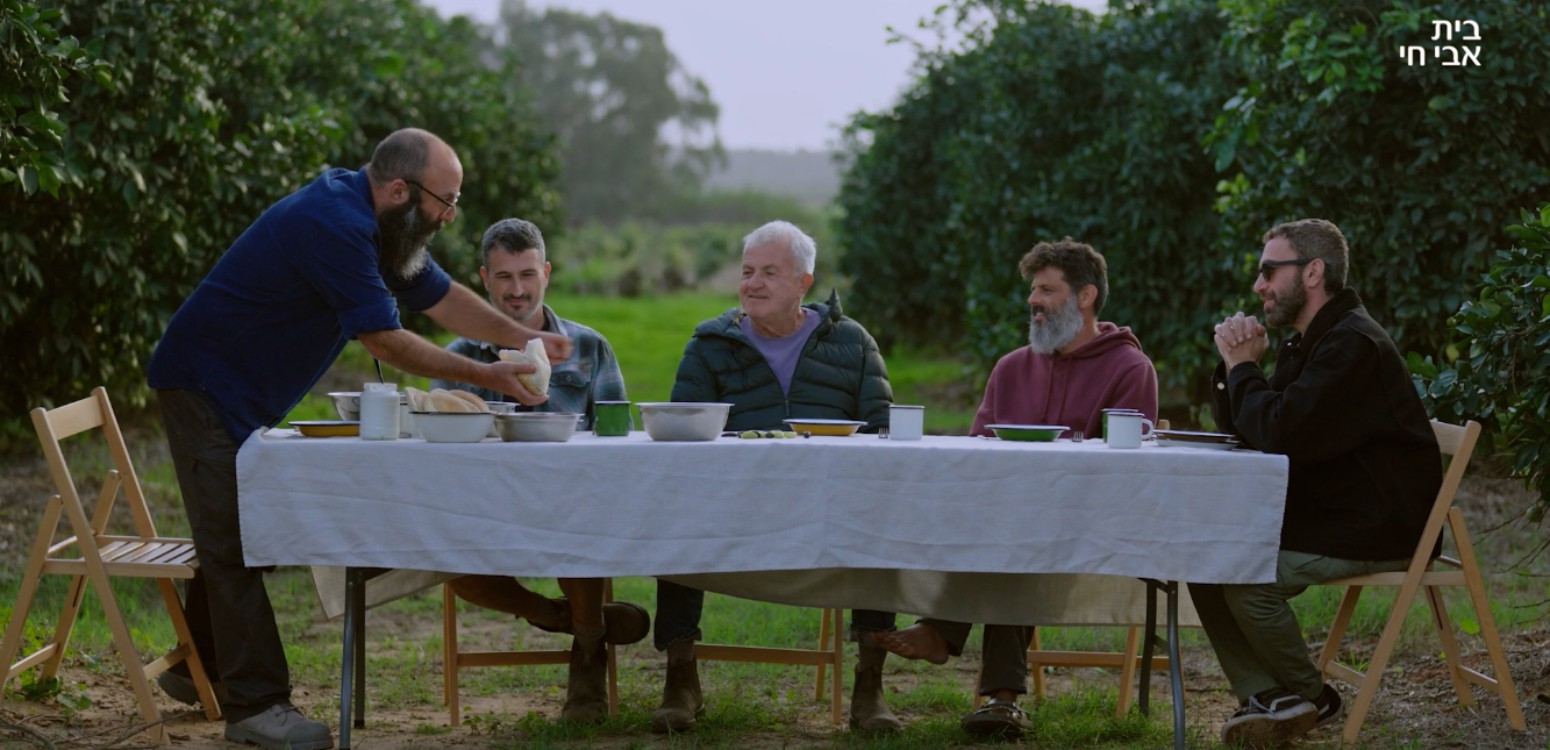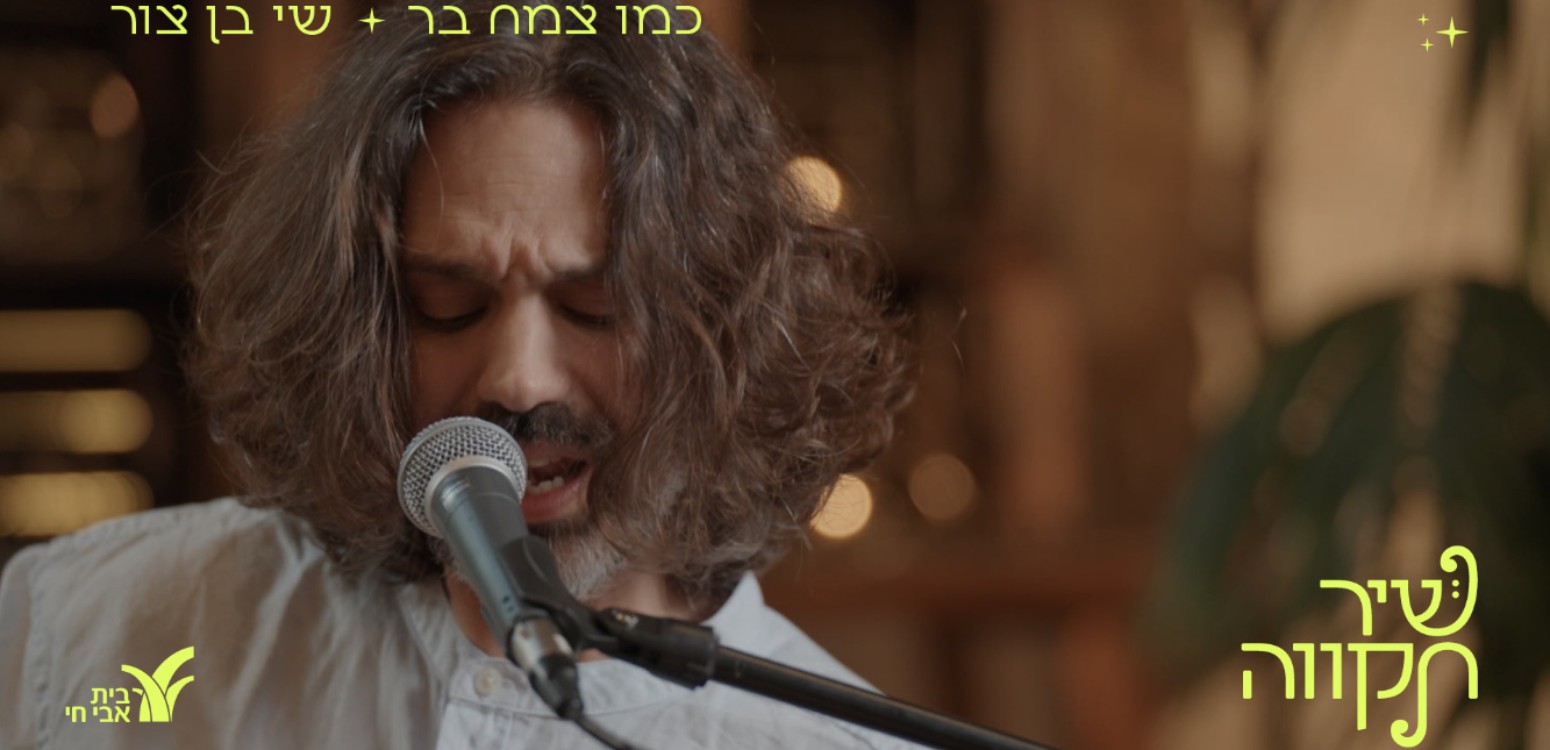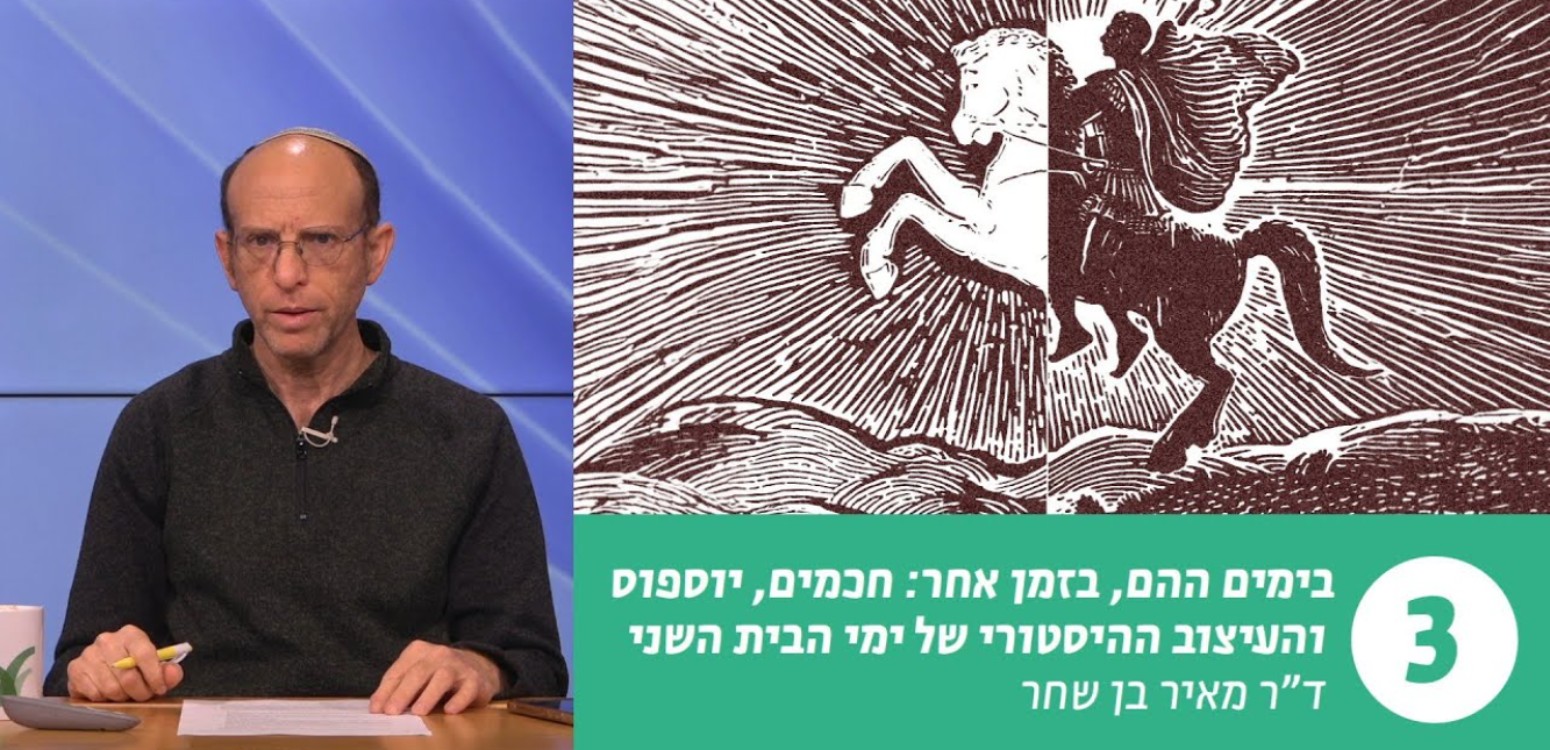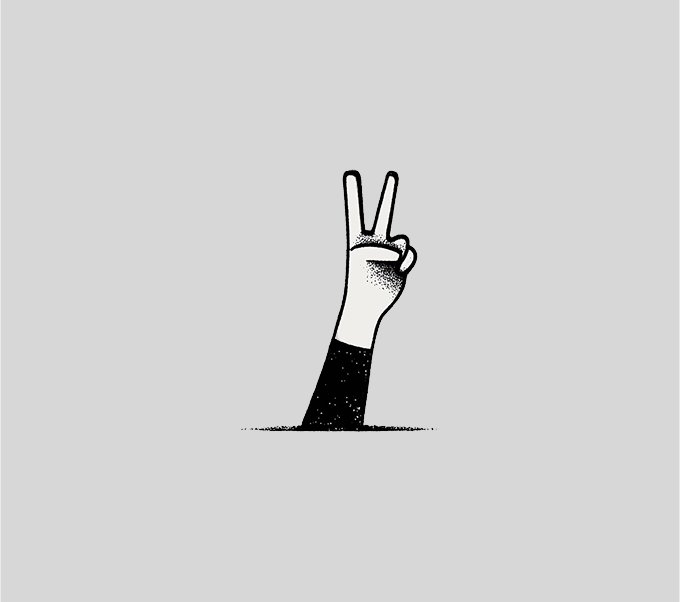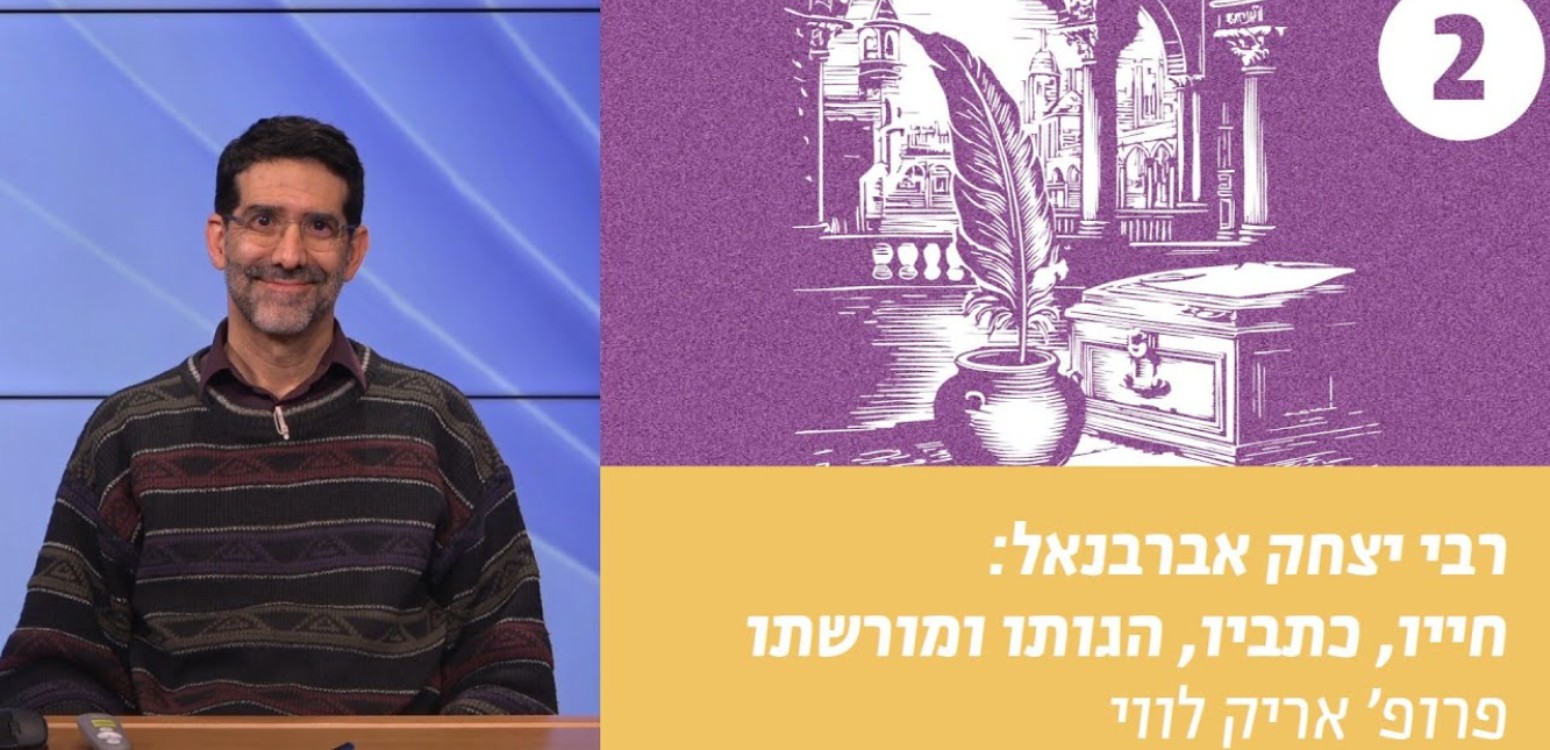
The choice made by Max Steinberg
A visit to Mount Herzl led Max Steinberg to make a fateful decision: to make aliyah and to join the Israeli army. After he was killed in Operation Protective Edge, the people of Israel expressed their love in return and many who had not even known him paid their last respects at his funeral.
In memory of Max Steinberg
When Max arrived in Israel with his siblings as part of the Birthrite program, he wasn’t too crazy about the whole thing. Everything changed when he visited Mount Herzl, a few days after arriving in Israel. During that visit, he decided to make aliyah and to serve in the army. Max was put into Golani and although he missed his home across the ocean, he felt that he was in the right place. The people of Israel returned his love by flooding the military cemetery in Jerusalem and saluting him as he was being buried. Many of the participants in the funeral did not even know Max and answered the call in the media to pay him his last respects.
Only some of you may remember the name Max Steinberg, but it is likely that almost everyone remembers his funeral, which was almost unprecedented in Israel’s public domain. Steinberg was a lone soldier who made aliyah from the US and fell during Operation Protective Edge. Since he did not have any relatives in Israel, a small Facebook group was created that called on people to come to his funeral that evening. The message spread quickly and the number of shares continued to grow. In the end, more than 30 thousand people who didn’t know him attended the funeral at Mount Herzl in Jerusalem.
Max Steinberg was born in Los Angeles on the 29th of Heshvan 5750 (November 27th, 1989). He was the oldest son of Evie and Stuart and brother to Jake and Page – a typical Jewish American family on the West Coast. He loved football and was a good player; he devoted much of his time to it before joining the army. In June 2012, he arrived in Israel with his brother and sister as part of the Birthrite project. The trip left its mark on Max and on the visit to Mount Herzl, over the grave of the lone soldier Michael Levin, he decided to return to Israel and to volunteer in the IDF, in the Golani Brigade.
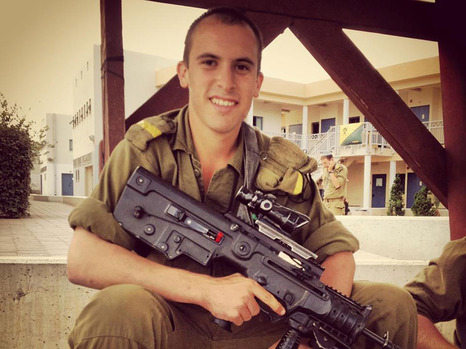 Max Steinberg z"l |
At the induction center, he was informed that according to his test results he would not be able to serve, but he did not give in. He said in response that he has two options: to go to military prison or to return to the US. In the end, he was inducted into Battalion 13 of the Golani Brigade. “He devoted himself totally to serving the State of Israel,” said his father Stuart. “He was focused and knew exactly what the mission is. He called me on Shabbat, just before he entered Gaza and only a few hours before he was killed. He and some other soldiers had been wounded in Gaza and had returned to Israel for treatment. He told me that he is returning to Gaza to fight and to be with his fellow soldiers.”
Max was killed in the battle at Shejaiya during Operation Protective Edge on the 22nd of Tammuz 5774 (July 20th, 2014). Also killed were Staff Sergeant Oren Simha Noach, Staff Sergeant Daniel Pomerantz, Staff Sergeant Oron Shaul, Staff Sergeant Shachar Tase, Sergeant Ben Yitzhak Vanunu and Sergeant Shon Mondshine. Max was 24 when he died. As mentioned, he was buried in Jerusalem. He left behind his parents, a brother and a sister.
On his tombstone, there is a quote from a song by Bob Marley, his favorite singer:
“Live for yourself and you will live in vain;
Live for others, and you will live again.”
To view Gaza through Max’s eyes -Comments by the creator of the clip Sagi Alter
From the first moment that I was exposed to Max’s story, it was clear to me that the theme of the clip would be Max’s journey: the long way from the US, the inspiration from other soldiers who had volunteered like he did, his period of training and finally Operation Protective Edge. His journey, in my eyes, was both material and spiritual at the same time: On the material side, he came to Israel from his home thousands of kilometers away while on the spiritual side he found new meaning in his life.
As in the case of Max’s journey, the clip also works on two levels: the first is the journey itself which started with small actual steps and ends in the abstract form of memory. The second is the world of color, which appears to be external, esthetic; but it represents Max’s internal world – the colors of the place where he was born, the warm but harsh colors of the desert that challenged him and his siblings; and to the place where he felt he had found his home, in my opinion, which is represented by the Israeli khaki colors.
I chose to construct the memories from the army through Max’s eyes – in this way I inject the viewer into his subjective experience. I wanted the viewer to experience with him the solidarity and the feeling of mission. I chose to depict Operation Protective Edge through the eyes of Max as a soldier on a night operation. The feeling is one of darkness all around, until a beam of light from our side or theirs illuminates the scene for a moment. One beam leads to a second, and the second to a third and so on; until the last beam of light in Max’s life.
When I created the scenes, I felt at some stage that my memories were mixing with his and the result is a subjective experience, though nonetheless collective to some extent. It is a personal experience that I feel I am sharing with many in the country and also with those admirable individuals who were not born here but chose to be here on behalf of a larger goal – and we are now brothers, brothers in memory.
,From the press
An article from the Jerusalem Post- The journey home
עוד בבית אבי חי



